Classic Cars, Movies, Music, and Other Stuff ...
Car on “The Invaders,” A French Classic, The Z1. This time we look at the car David Vincent operated on “The Invaders.” Do you remember the show? The one in which he witnesses the “flying saucer?” And we check out a French Classic: The Renault 4, and the first ever BMW Z car, the uniquely styled Z1.
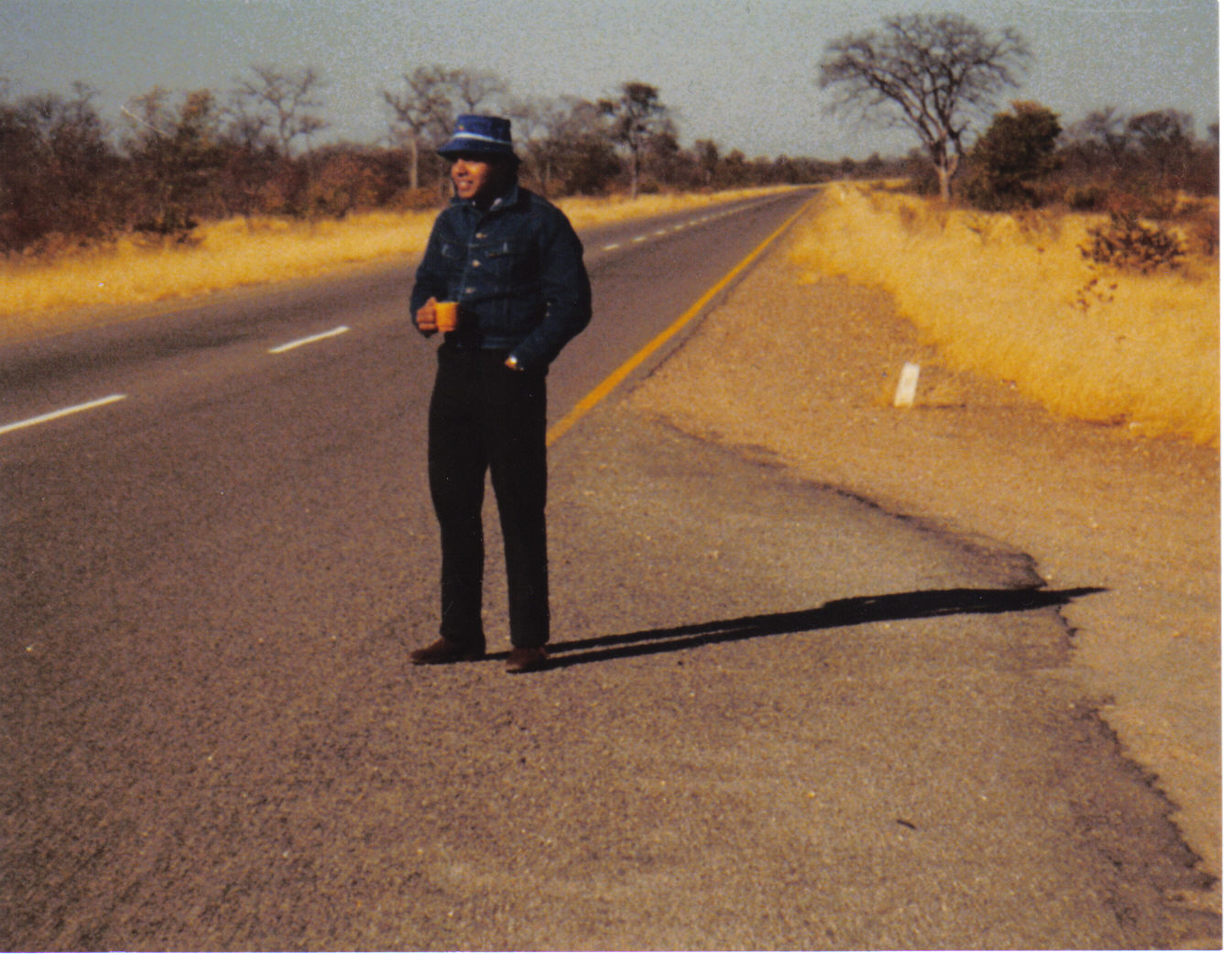
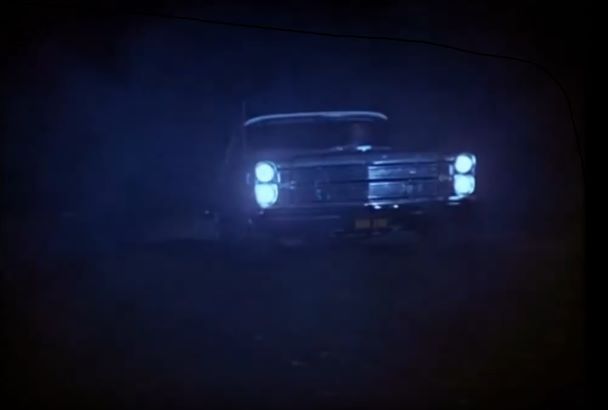
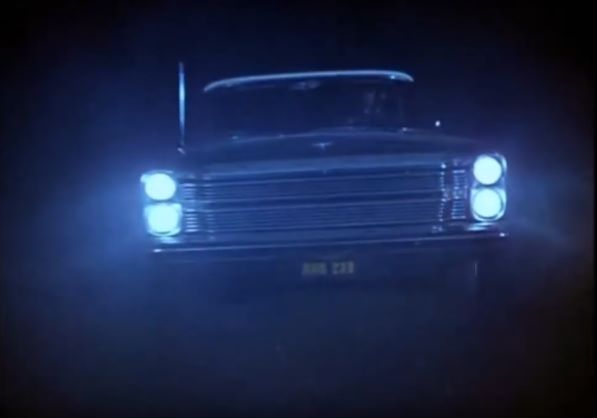
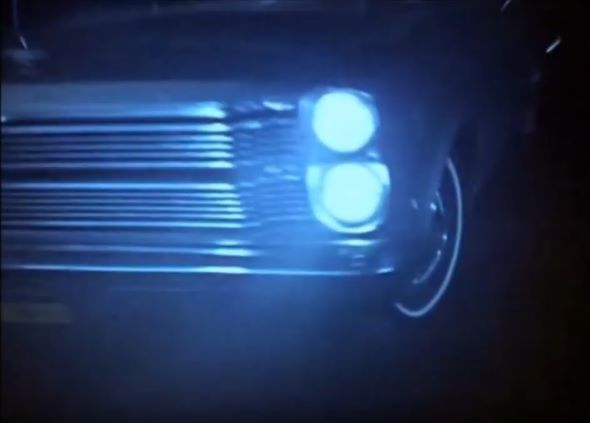
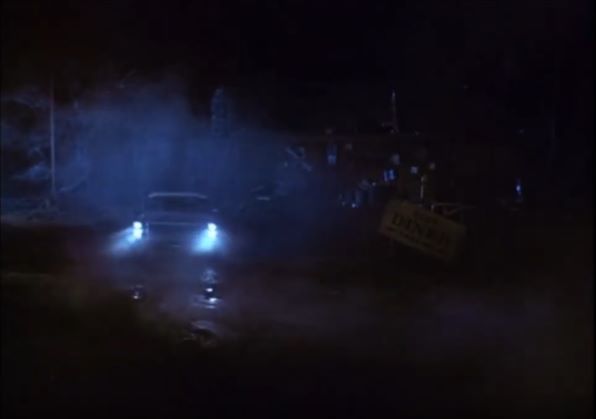
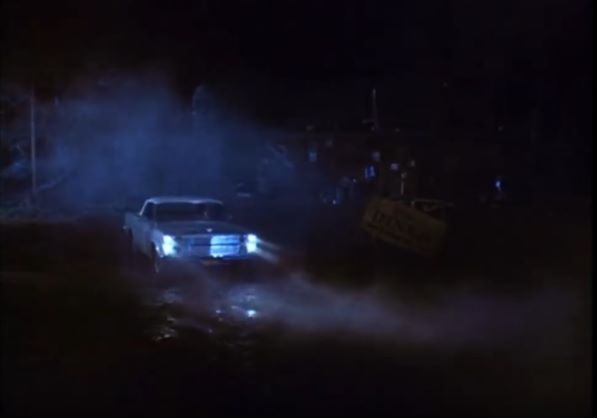
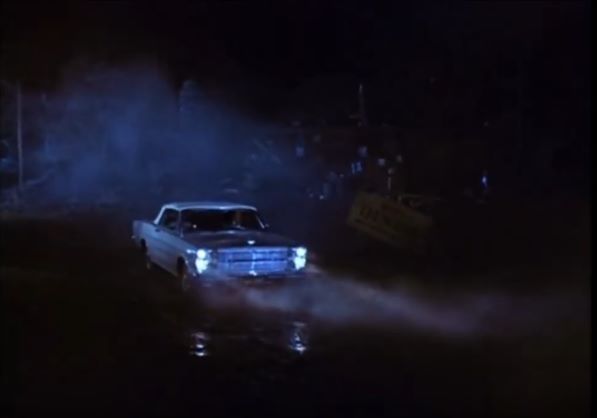
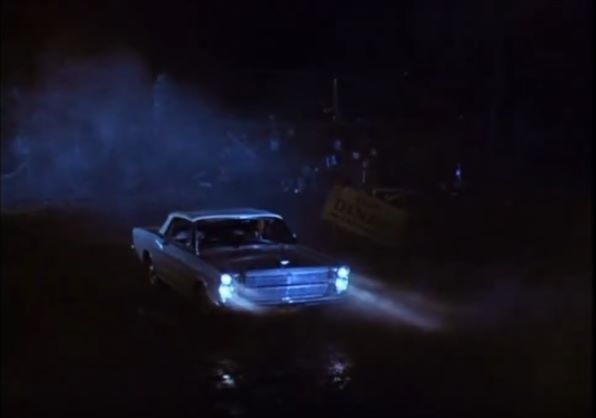
Why the fuzzy first images for such a nice car you ask? Well, there’s a personal reason. This car was driven by David Vincent on my favorite TV show, “The Invaders” back in 1967. And the images above are stills from the intro to this fantastic TV show. Sure the story line, the show, and David was cool. But I also marvelled at the Ford Galaxie 500 he drove up when he witnesses the flying saucer for the first time. To me it’s almost as much of a star.
“This car was driven by David Vincent on my favorite TV show, ‘The Invaders’ back in 1967.”
This is also the first American car I rode in and was beyond excited. Either this or the similar looking Ford Fairlane. However, there are some major differences between the two. With all American cars of that era, this car was big, with a dominating presence on African roads back then. One thing that makes it stand out for me is how the headlights are stacked in pairs atop of each other. This design was pretty much “in vogue” at the time.
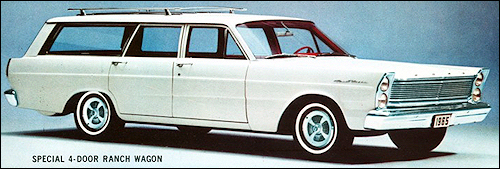
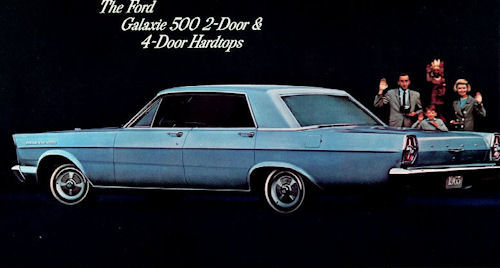
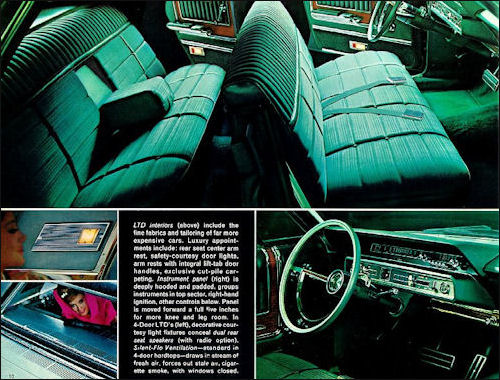
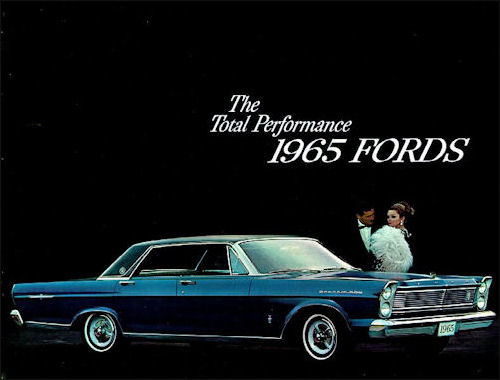
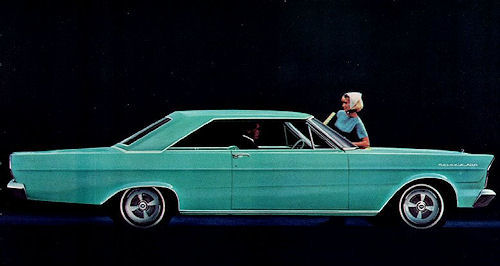
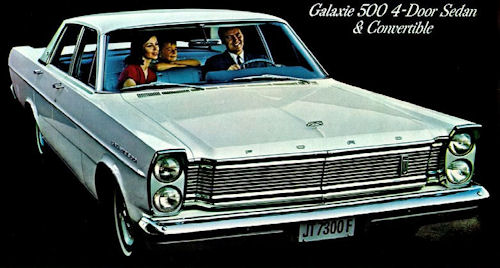
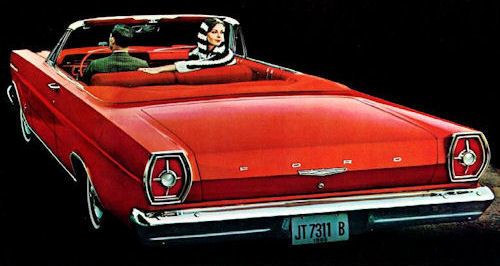
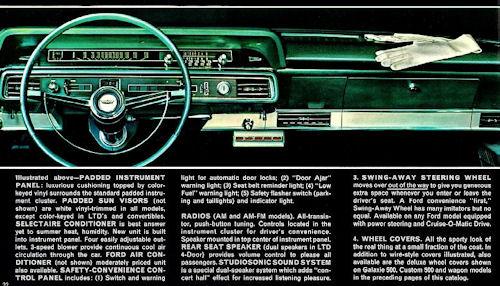
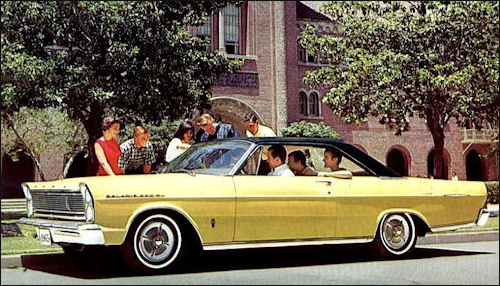
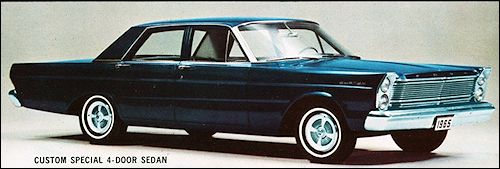

Images Courtsey: ClassicCarCatalogue.com
The Ford Galaxie 500 comes in a wide variety of configurations and engine sizes. These include sedan, hardtop, fastback, convertible, station wagon, etc. Its engine size ranges from 6-cylinder 150 HP to V8 410 HP models. Like most American cars of the time, they are available in both 2 or 4-door formats. Incidentally, the similar looking Ford Fairlane is a relatively smaller, lighter vehicle. I’ll touch more on the differences on another post.
FordHeritage / YouTube.com
As I mentioned, riding in one that belonged to a family friend was sheer exhilaration. It was also the first time I rode in an automatic. I watched closely to see if the shifter would move automatically. It didn’t, and I was to learn why, later in life. With all that power and presence, the Ford Galaxie 500 definitely qualifies as a “muscle car”.
Now for a completely different, but very popular car. For that we need to go to France.
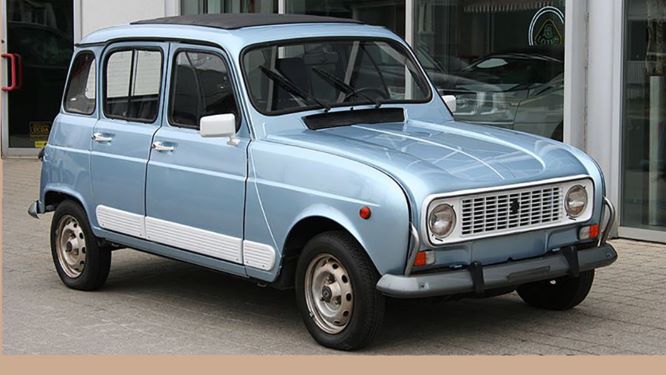
Source: Autotrader.ca
Like the Peugeot 404 I mentioned the last time, the Renault 4 is another success story out of France. Its roots go back to Renault’s strategy to build something on the lines of the successful 1948 Citroen CV.
The Renault 4 is available as a 5-door hatchback, 2 door van, and pick up. Hence the Renault was meant to be a “swiss army knife” of sorts of the automobile world. After studying the Citroen carefully, Renault decided to release an improved version of that car. However they moved the engine to the front, and increased interior space with a high roof and removable bench seats at the back. Furthermore, the size of the engine too was larger and more powerful.
The end product was a relatively small but spacious, affordable, incredibly versatile car for the average French. With all the improvements over the Citroen 2CV design, the Renault became a value-added successor to the former. This brilliant strategy made the Renault 4 an immediate hit in not just France, but in much of the world. The Renault 4 was assembled in many European and South American countries – sometimes under other names. These cars were common in Africa too where it was instantly recognizable from a distance.
Pub Renault 4 / YouTube.com
Its design rendered it relatively awkward beside regular sedans. But one got used to it soon enough. Other unique features include: its gear shift which sticks out of the dashboard, three bolts securing the wheels against the five used on most cars. What’s more, its vertically sliding windows are a departure from the roll-up style used on most cars. This made the car cheaper to produce, and maintain. Because of its tough and reliable reputation, Renault stayed with this design for many years.
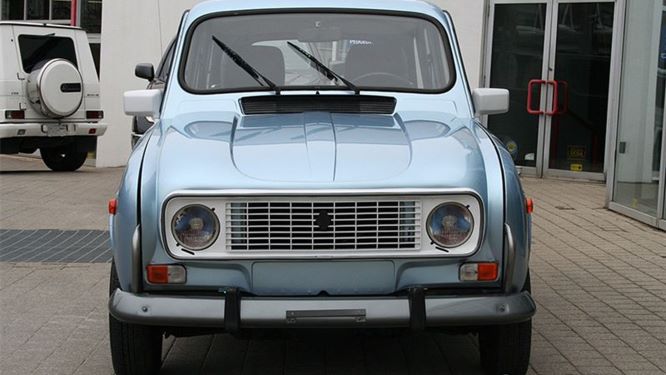
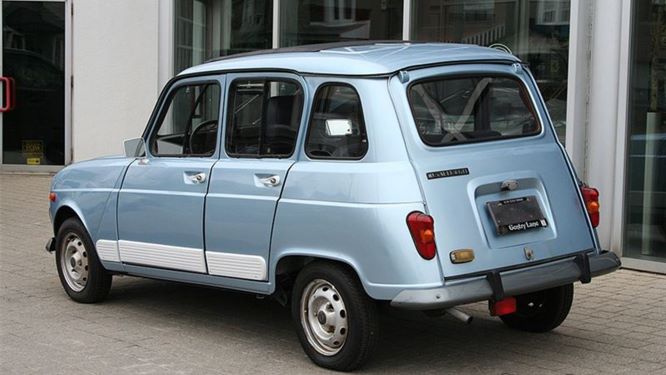
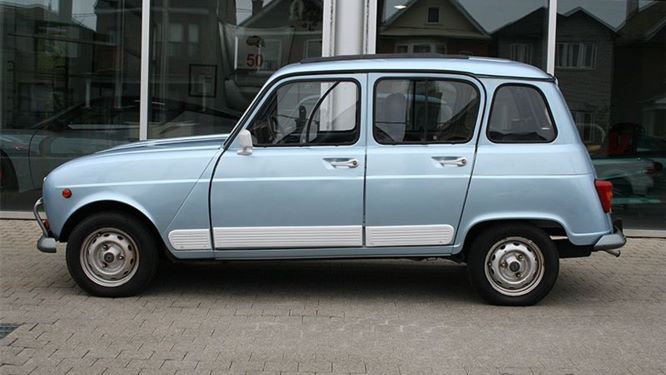
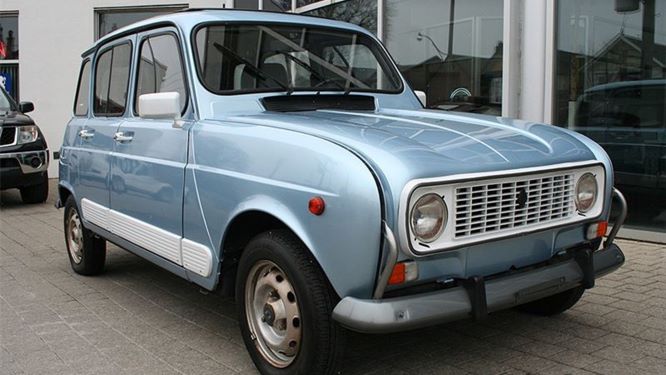
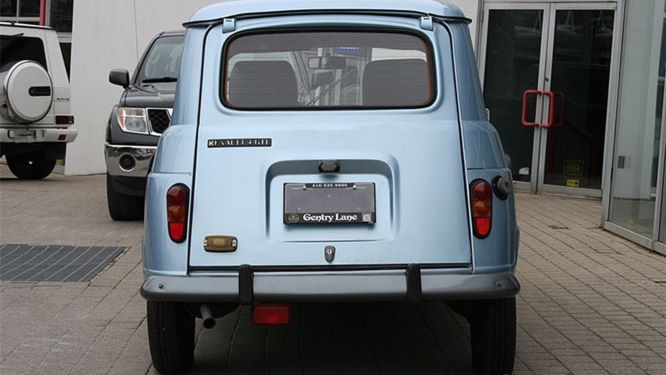
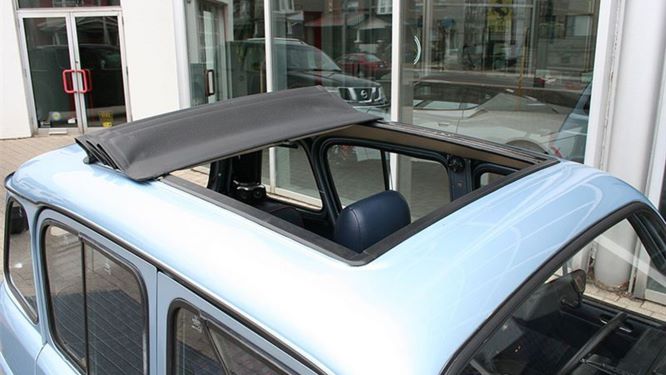
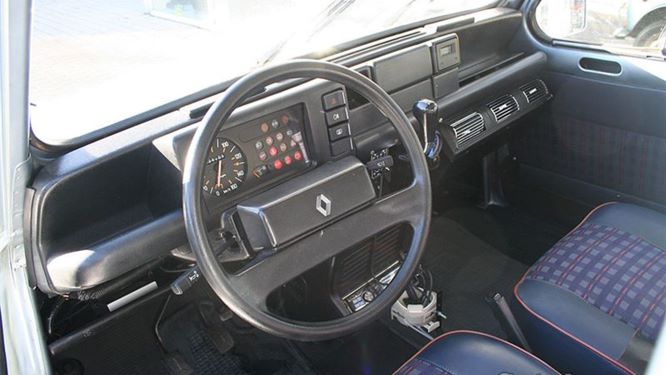
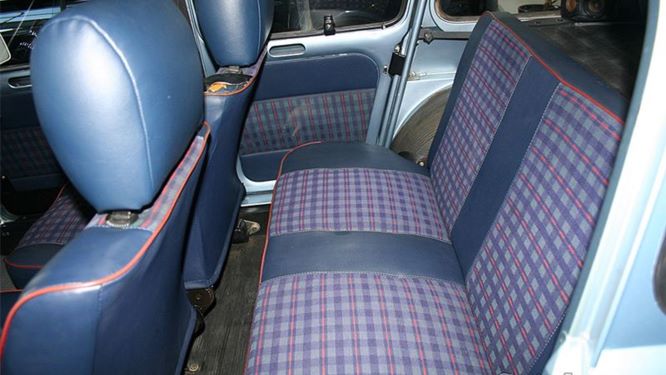
Source: Autotrader.ca
Various configurations of the vehicle were made in France while the chassis stayed the same. This customization is testament to the love the French had for this model. It’s among those cars that seem to lose their personality once the design was changed. The Renault 4 is yet another example of the French penchant for extraordinarily unique and successful designs.
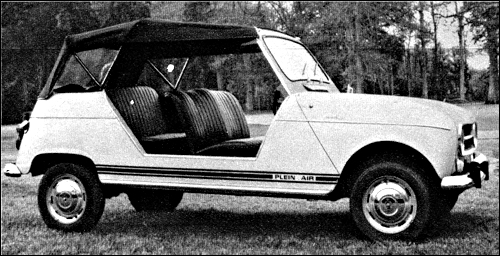
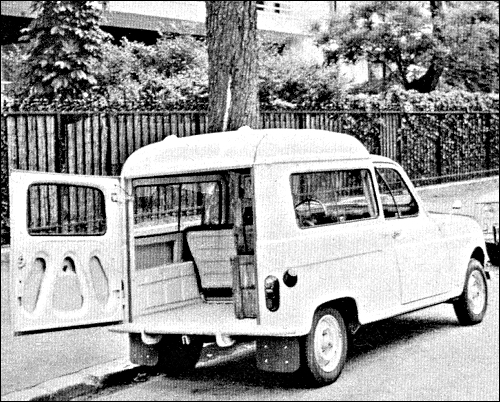
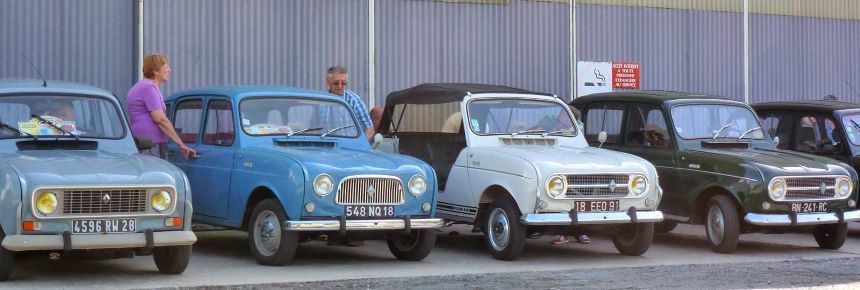
And, that brings us to my unusual/unique car of the moment. This time, we look at the:
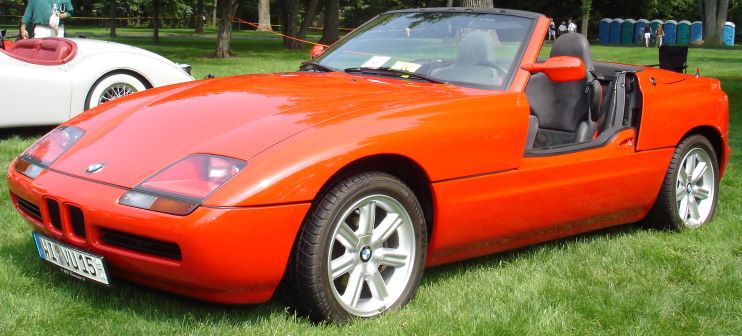
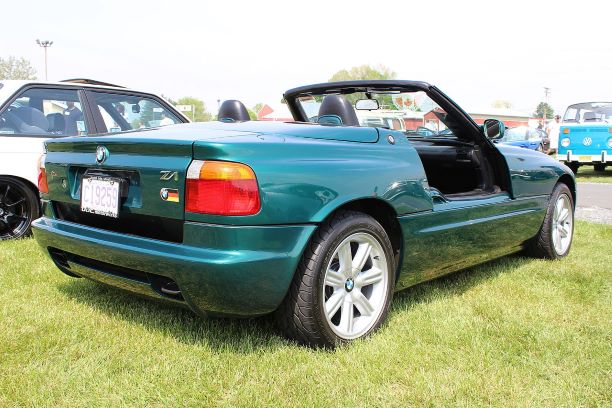
The BMW Z1 was the first of the Z series two-seaters convertibles that company made. BMW incorporated various advanced design features in the Z1. These included interchangeable plastic body panels and an electric door that rolled down completely into the body. It had been a while since BMW had made a two-seater roadster. Hence this was very ambitious for them. The previous one had been the 507 which had ceased production in 1960.
Despite, and because of these advanced features, it was expensive to produce. And BMW overestimated their sales figures. Eventually only 8,000 would be produced and most of the these were sold in Germany. Some were exported to neighboring Italy and France.
Low sales figures killed off the Z1 and it was eventually terminated in 1991. The car was only available as a 2.5 Liter, 6-cylinder version. Meanwhile BMW was already working on the successor: the Z3 to be released in 1996.
Jalopnik / YouTube
Hope you enjoyed looking back at the cars of our lives. I’ll be back with more next time. Until then, be sure to look in all directions before joining the road. Because there is always that one person who could be driving up in the wrong direction. I’ve seen it happen.
The Peugeot 404, Hillman Imp, Ford Anglia, Isuzu Bellet, Chrysler Turbine
Triumph Herald, Subaru XT/XT6, Fiat 124, Chevy Impala, Mazda R360
Corvette Sting Ray, Toyota Crown, Citroen DS, VW Karmann Ghia, Goggomobil
Thaps On The Cars of Our Lives